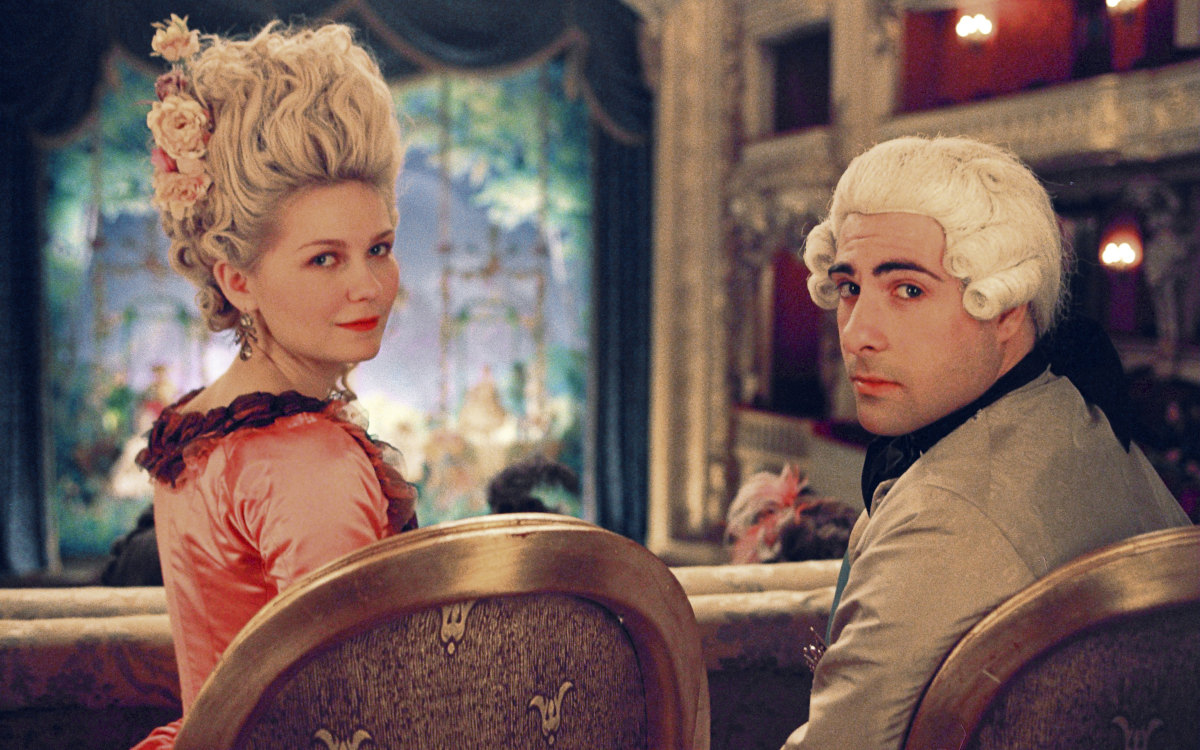SOFIA COPPULA'S AUTEURIST STYLE
Sofia Coppola is a well-known American filmmaker, screenwriter, and producer who is known for her auteurist aesthetic, cinematography, and mise-en-scène. Through her films, Coppola has a unique creativity that is influenced by her cultural awareness.
Coppola's auteurist style is recognized by her use of visual and stylistic elements, which she uses to give her movies a unique vision. Coppola uses slow, lingering camera movements to convey the dreamy, eerie feeling of the Lisbon sisters' lives in her film, "The Virgin Suicides,". Her later films, like "Lost in Translation" and "Marie Antoinette," which have a similar feeling of romance and dreaminess, use the same visual style.
Coppola's auteurist style also heavily relies on her cinematography and mise en scène. She uses natural lighting in "Lost in Translation" to create a feeling of closeness and reflection. Her use of long, motionless views makes the audience feel more connected to the movie's mood.
Coppola's portrayal of rich characters and their circumstances also shows cultural knowledge in her work. She examines the loneliness and confusion of two Americans in Tokyo in "Lost in Translation," exploring the cultural differences and personal struggles that contribute to their sense of loneliness. Similarly to this, she explores the political and personal factors that led to the famous queen's downfall in "Marie Antoinette,".
Sources:
Dargis, M. (2017). Sofia Coppola's 'The Beguiled' demonstrates her mastery of atmosphere. Los Angeles Times. Retrieved from
https://www.latimes.com/entertainment/movies/la-et-mn-sofia-coppola-beguiled-review-20170629-story.html
Klinger, B. (2011). The cinema of Sofia Coppola. Wallflower Press.


Comments
Post a Comment